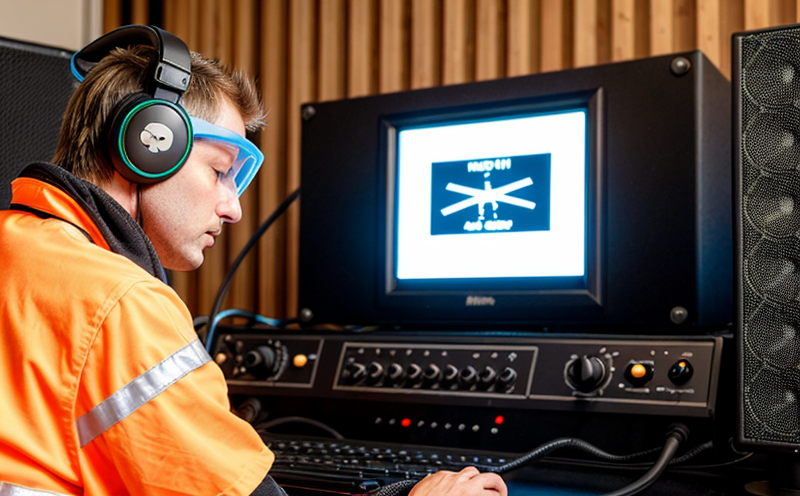ISO 8124-1 Impact Toy Acoustic Hazard Evaluation
The ISO 8124 series of standards is widely recognized as a benchmark for ensuring the safety of toys. Among its various parts, ISO 8124-1:2019 Safety with regard to mechanical and physical properties focuses on the potential risks associated with mechanical and physical hazards in toys. One significant aspect within this part is the evaluation of acoustic hazards resulting from impacts.
The purpose of ISO 8124-1 Impact Toy Acoustic Hazard Evaluation is to identify, measure, and control noise levels that may pose a risk to children or other users. This test ensures compliance with international standards such as ISO 8124-1:2019, which specifically addresses the mechanical and physical properties of toys, including sound levels during impact. Compliance is crucial for manufacturers to ensure their products meet safety standards set by regulatory bodies globally.
The testing procedure involves subjecting a toy sample to controlled impacts using standardized equipment. The resulting noise emissions are then measured according to specified criteria outlined in the standard. A critical component of this evaluation includes determining whether the sound level exceeds acceptable limits, which could indicate a potential acoustic hazard.
During specimen preparation, it is essential to follow precise guidelines provided by ISO 8124-1:2019. This may involve selecting appropriate impact points on the toy, ensuring that all parts are clean and undamaged before testing begins. The impact force must also be consistent across multiple tests to maintain accuracy.
The apparatus used for this evaluation typically includes a sound level meter capable of measuring sound pressure levels in accordance with ISO 9612:2014. An impact hammer or similar device is employed to generate controlled impacts on the toy samples. It is vital that these instruments are calibrated regularly and operated by trained personnel.
The acceptance criteria for passing this test are stringent, requiring that the measured sound pressure levels fall below specified thresholds. These limits vary based on factors such as the type of toy (e.g., soft vs hard), age group intended for use, and other relevant characteristics defined in ISO 8124-1:2019.
By undergoing ISO 8124-1 Impact Toy Acoustic Hazard Evaluation, manufacturers can demonstrate their commitment to producing safe toys that comply with international standards. This not only protects consumers but also enhances brand reputation and market competitiveness.
Applied Standards
| Standard | Description |
|---|---|
| ISO 8124-1:2019 | Particulars of safety with regard to mechanical and physical properties. |
| ISO 8124-9:2018 | Specific requirements for toys intended for use in or around water. |
| ISO 9612:2014 | Measurement of sound pressure levels in the environment. |
Eurolab Advantages
EuroLab offers unparalleled expertise and advanced facilities for conducting ISO 8124-1 Impact Toy Acoustic Hazard Evaluation. Our team of experienced professionals ensures that every test is conducted meticulously, adhering to the strictest standards.
We possess state-of-the-art equipment necessary for accurate measurement of sound pressure levels and can replicate real-world conditions precisely. This guarantees reliable results that are both repeatable and reproducible.
Our comprehensive approach includes not only performing the tests but also providing detailed reports with clear recommendations on how to improve product safety if any issues arise during evaluation.
EuroLab's commitment to quality extends beyond just meeting regulatory requirements. We strive to exceed expectations by offering exceptional service, prompt turnaround times, and continuous improvement in our processes.
Why Choose This Test
The ISO 8124-1 Impact Toy Acoustic Hazard Evaluation is crucial for several reasons:
- Regulatory Compliance: Ensures that toys comply with international safety standards, avoiding potential legal issues and fines.
- User Safety: Protects children and other users from harmful noise levels that could cause discomfort or injury.
- Brand Reputation: Demonstrates a commitment to quality and safety, enhancing consumer trust and brand image.
- Market Competitiveness: Differentiates products in the market, making them more appealing to consumers who prioritize safety.





